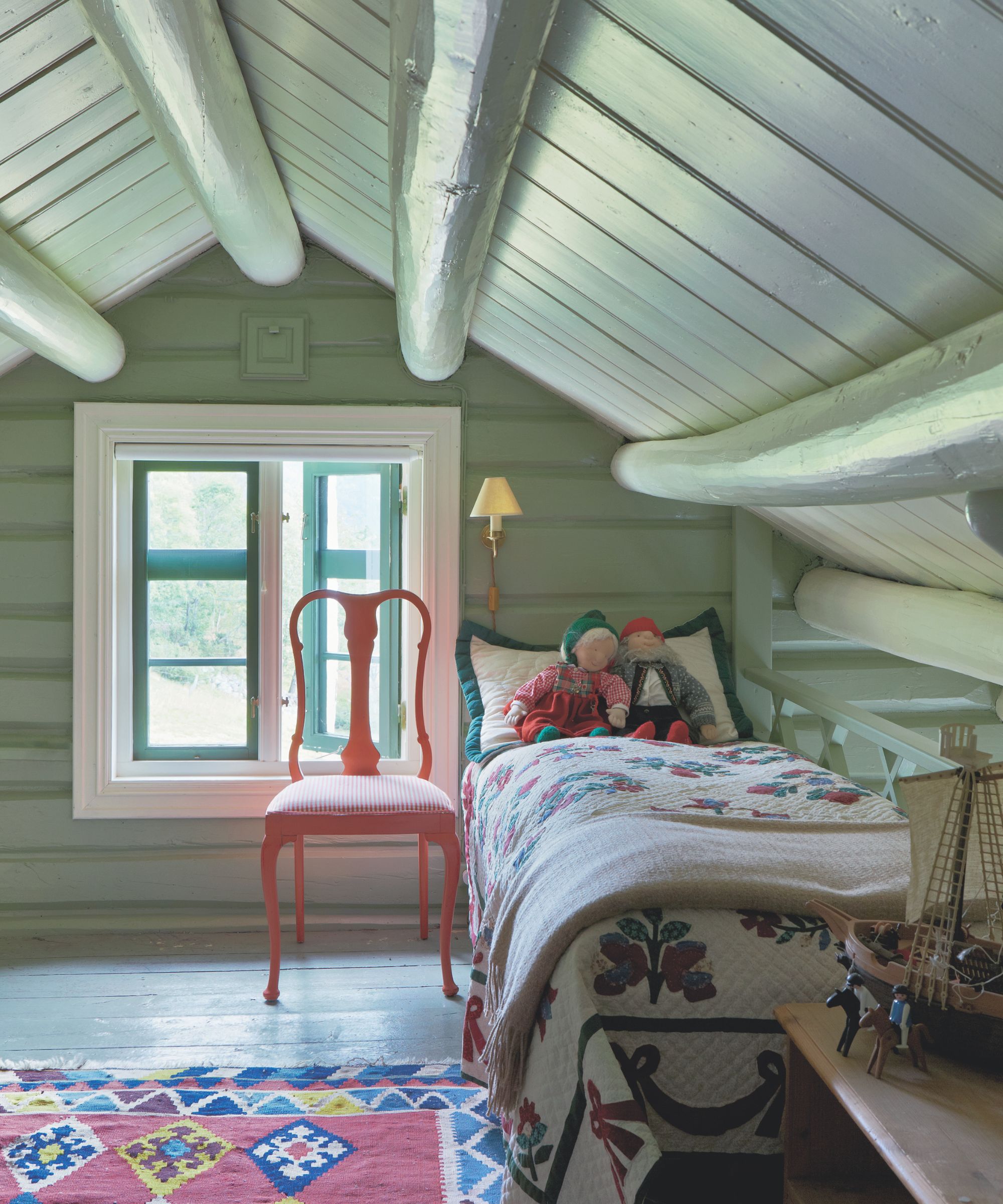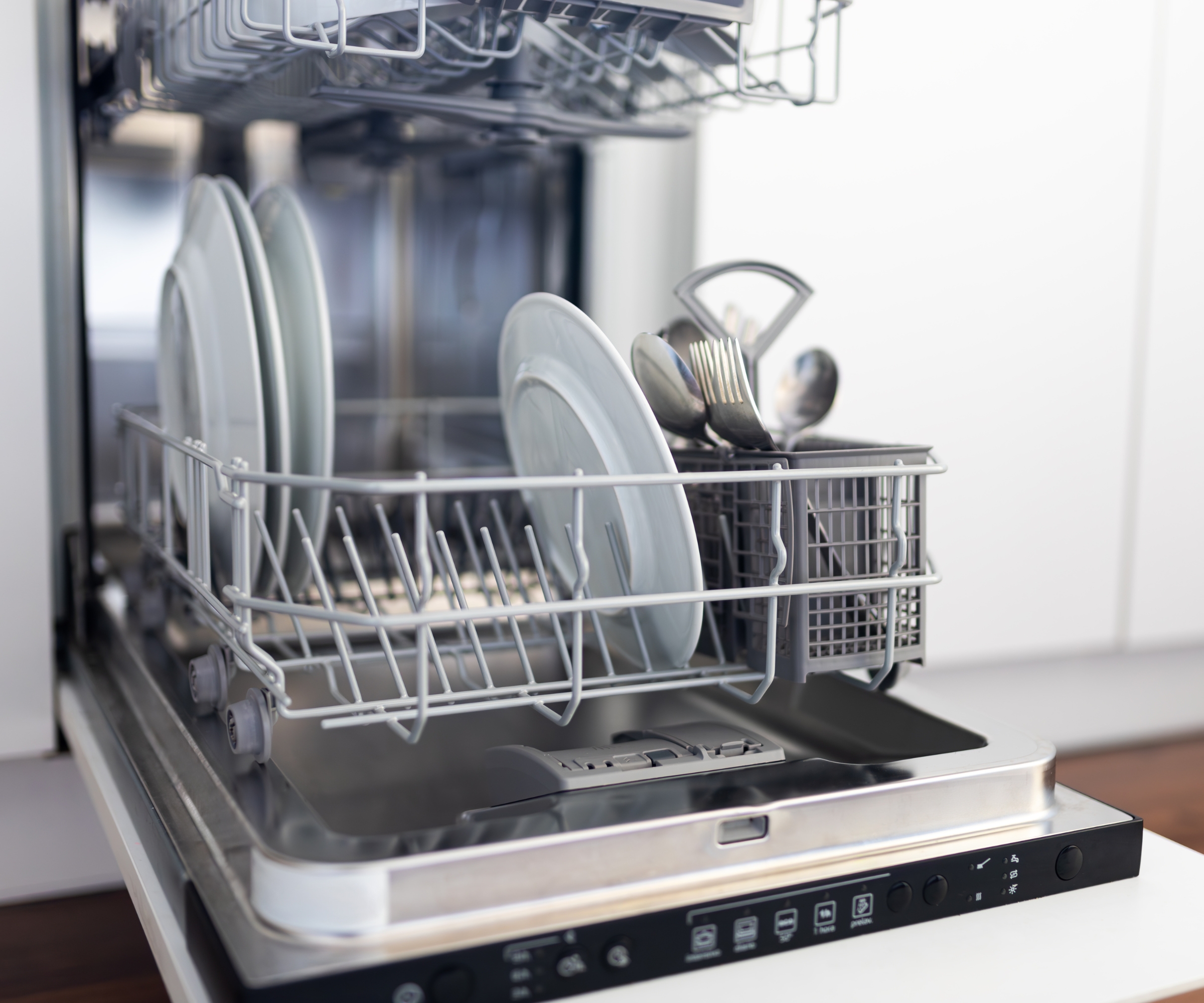I suffer chronic pain and have limited mobility so every second I spend on my feet has to a) count and b) avoid new injuries. That’s why I love the Pick Up and Place organizing method to keep my home tidy without hurting myself.
The funny thing is, I didn’t realize this ‘thing’ that I have always done as a way to counteract my poor health and inability to spend ages on my feet tidying has a name. Experts love it for its simplicity, and here I’ll share how this low-energy tidying technique has brought big impact in my home.
I’ll be carrying on with in 2025 and beyond.
What is the Pick Up and Place organizing technique?
In a nutshell, pick up something that’s out of place and put it back where it belongs, or near where it belongs. This is something you do as you move around your home on other tasks. For example, if you’re on your way to the kitchen to make a cup of coffee, pick up that now-dried towel on the railing, and place it back in the linen closet.
says to ‘bring one thing with you’ every time you move to another room, and mess will become a thing of the past.
Sabrina adds that it can be as simple as moving a water glass to the kitchen when you go to make a coffee, or picking up the handbag you left near the front door and putting it away in the closet next time you head that way.
Working this technique into day-to-day movements around your home will help you reduce clutter. Here’s four ways I use it every day to give you an idea how well the Pick Up and Place organizing technique works in reality, and how easy it is to do even if you suffer pain or reduced mobility like I do:
1. Picking up after my child

. Of course, we help her when she gets stuck or overwhelmed.
', meaning his brain tunes out piles of stuff and doesn't register it the way I do.
That’s why I use the Pick Up and Place method to move our daughter's discharged school uniform, pajamas, hair ties, toys and finished-with snacks and drinks to their rightful homes.
I do this as I move around the house, especially during school holidays and weekends when her mess kicks up a notch from more hours spent at home.
to make managing my child’s mess easier. This involves placing storage solutions in the path of mess hot spots, so items do not clutter up the same surfaces time and time again.
2. Putting laundry away

.
That means we have two air drying racks on the go in the kitchen-diner almost constantly. All that washing and drying means a constant flow of clothes to put away. To stop it piling up, I work on the dry loads throughout the day when I’m doing other tasks.
, and it not only means all those socks and underwear take just a third of the space to dry as they would without it, they can also easily be picked up and placed in the rooms they need to be put away in without any dropping on the floor.
Here's how I use the Pick Up and Place method for tidying laundry away without it becoming too time consuming or energy-intensive:
- to save time that I swear by.
- Each person has a spot upstairs in our bedrooms where freshly washed clothes are placed ready to be put away. Mine is on a chest of drawers next to my side of the bed, my husband’s pile goes on his side of the bed so he has to clear it before going to sleep, and my daughter’s is in a dedicated open closet cubby we keep for her clean clothes.
- By putting the laundry away in bursts throughout the day, the piles go down steadily and by bedtime, each fresh item is back where it belongs. For example, whilst my daughter reads to me during her bedtime routine, I put her items back on their hangers. If I’m reading to her, my husband puts her laundry away and vice versa.
3. Unloading the dishwasher

too, as keeping the door closed with steam trapped inside can cause mold growth.
I can’t bend down easily without injury so I stick to clearing the dishwasher's top cutlery drawer, and my husband tackles the lower shelves with mugs, plates and bigger crockery.
we swear by.
4. Mugs and crockery used in the daytime

.
for the space, our mug use has risen exponentially, and though it’s not a great habit, we both tend to work through lunch, eating at our desks.
That’s why whenever we move between the study and the kitchen or anywhere downstairs, we pick up used crockery and cups from our work space to the sink, so we don’t end up with a stockpile of filthy dishes in our study.
Plus, I need to hold onto the banister railing when I go downstairs, so I usually only have one free hand to carry stuff. Rather than leave things behind at the end of the day, I keep my pile of used crockery to a minimum with multiple trips in the day time.
, packed with 40 methods we’ve tried and tested ourselves for inspiration on hacks, tricks, and tips to maintain your home with ease.


Post a Comment
0Comments